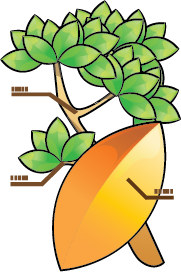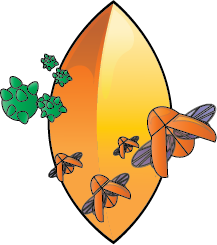BIOECOLOGY OF PILI
Home / Bioecology

Varieties of Pili
Pili (Canarium ovatum Engl.) is a tropical tree that is indigenous to the Philippines where its center of genetic diversity is located in the Bicol Region. As a nut, Canarium ovatum is considered the...See more

Morphological Characteristics
Canarium ovatum Engl. is an attractive, symmetrically shaped evergreen tree, up to 20 m tall and 50 cm in diameter. Stipules persistent, deltoid to lingulate, 5-20 x 3-10 mm. (World Agroforestry.org)...See more

Taxonomy of Pili
Classification for Kingdom Plantae Down to Species Canarium ovatum Engl. - Kingdom Plantae – Plants Subkingdom Tracheobionta – Vascular plants Superdivision Spermatophyta – Seed...See more

Pest, Diseases & Treatments
C. ovatum is generally disease and pest free. However anthracnose of young seedling shoots has been observed, but fungicides easily control this. Maturing fruits are often found coated with algal grow...See more

Pili Industry
The Philippines is the only country capable of producing and processing pili-based food and byproducts with Bicol supplying 80% of the total output volume. The pili nut and its byproducts have a stead...See more

Resources and tools
Browse our comprehensive collection of references, resources, and tools. This section contains various propagation methods, post harvest methods and other Pili related informations...See more